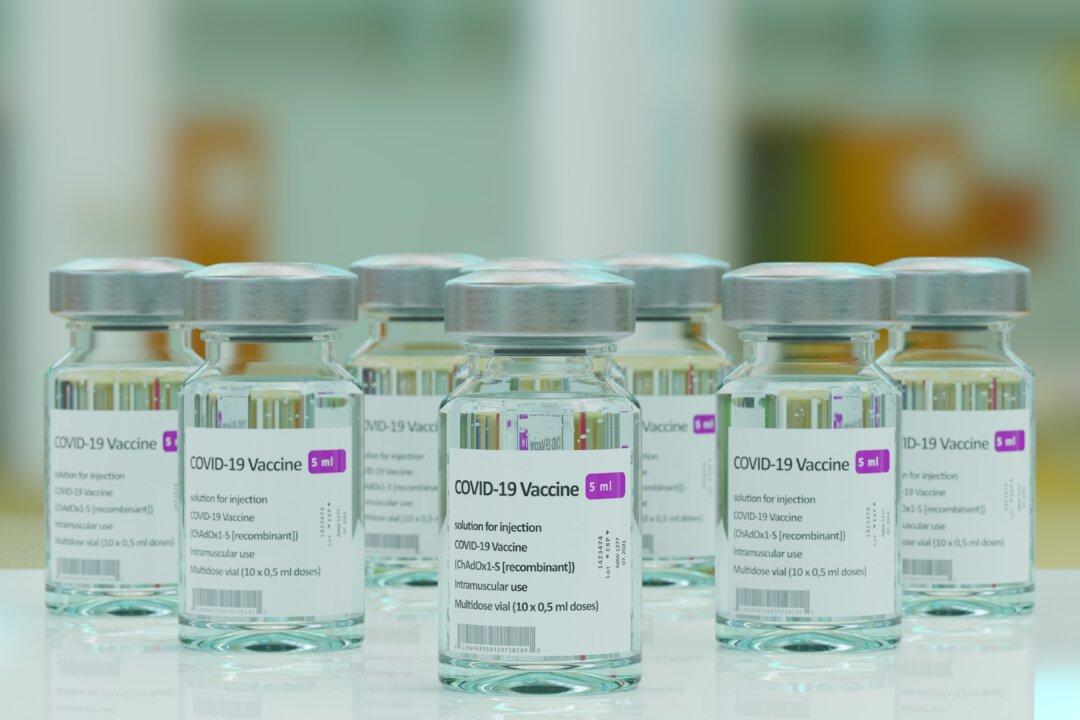Commentary
When everyone from the president to your primary care doctor declared loudly and wholeheartedly in December 2020 that the newly FDA-authorized COVID-19 mRNA vaccines were “safe and effective,” what were those claims based on?

When everyone from the president to your primary care doctor declared loudly and wholeheartedly in December 2020 that the newly FDA-authorized COVID-19 mRNA vaccines were “safe and effective,” what were those claims based on?